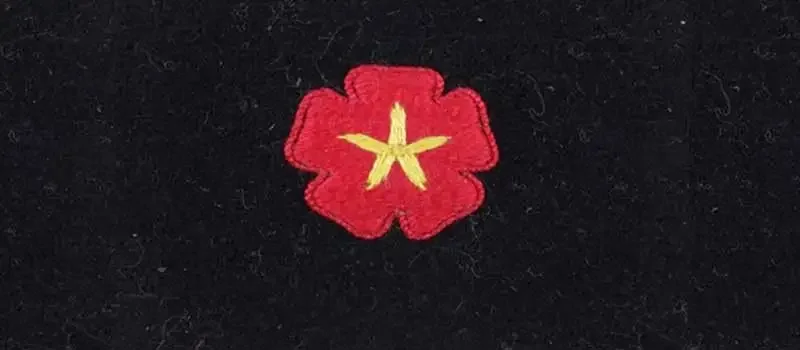- Military History
- Units & Divisions
- British Units
- British Army Aid Group (BAAG) 1942 - 1945

British Army Aid Group (BAAG) 1942 - 1945 Para-military group for British and Allied forces in southern free China during World War II
The British Army Aid Group was a para-military group for British and Allied forces in southern free China during World War II (from 1942 to 1945). The BAAG was classified in the British Army as an MI9 (British Directorate of Military Intelligence Section 9) unit that assisted prisoners of war to assist with escapes from Japanese Army's POW camps.
Its founder was Lieutenant Colonel Lindsay Ride (1898-1977), a physician and physiologist who had commanded the Hong Kong Field Ambulance during the three weeks of fighting in Hong Kong. After the colony surrendered, Ride successfully escaped from Sham Shui Po Prison Camp in Kowloon in January 1942.
By the time Ride arrived in Kukong (Shaoguan), in free China, some weeks later, he had given much thought to ways to provide succor to those left behind in Hong Kong. He concluded that there must be some productive way to carry on the fight against the Japanese, both directly and indirectly, as well as to provide medical supplies to the thousands interned in POW and civilian camps and to assist some of those thousands to escape.
Senior British officers in China agreed and could persuade the Chinese to cooperate. Ride, who became known to his Chinese associates as "The Smiling Tiger", received verbal orders to proceed by the end of February 1942. Written confirmation came on 16 May 1942, by which time the organization was already formed. Temporary headquarters were established, first in a Methodist mission in Kukong, then for a time in a boat that had recently been a brothel.
Forward posts were set up at Wuchow (Wuzhov) and in the villages close to Kowloon (the BAAG also created a unit that served with distinction in Burma). The unit needed a cryptic name, and after consultation with the Chinese, "Ying Kwan Fuk Mo T'uen" was chosen; the literal translation is "British Army Aid Group". Ride chose the scarlet pimpernel as its emblem.
One chief function of the BAAG was communicating with and supplying the POW camps and Stanley Internment Camp in Hong Kong. Chinese agents trained in clandestine operations gradually set up message drops and found locals who worked for the Japanese and had legitimate reasons to enter the various camps, for example, as truck drivers. Being loyal to the Allies, these people carried items into the camps or met with camp inmates on work details outside. All these individuals functioned under threat of exposure, torture, and death, and for many, that threat was realized. One of Ride's companions in his original escape from Kowloon, Francis Lee Yiu Piu, served in BAAG with distinction throughout its history, receiving the Military Medal in 1945.
One ambitious scheme devised by Ride was a mass rescue of prisoners from Hong Kong. The War Office gave its approval, and preliminary contact was made in the camps about this plan in mid-1942. An officer in Sham Shui Po, the largest of the military camps, sent out a message showing their willingness to take part in a rescue attempt. The plan was contingent on a commitment to rescue all the POWs, since any left behind would be subject to severe reprisals. This was a major deficit in the plan, since the number of extremely ill men who would somehow have to be transported across enemy-held territory increased with every month. Whether the plan could have ever worked soon became irrelevant.
In June 1943, the Japanese discovered the scheme and arrested two BAAG agents, other contacts, some Formosan guards, and even a Japanese officer. Shortly after this, several POW officers were taken away by the Kempei Tai, the Japanese secret police. Several of them were executed after months of appalling torture.
On 31 December 1945, the BAAG was officially disbanded after operating for just over three and a half years. It had assisted approximately 200 Allied escapees, including many whose escapes it had engineered, and also helped 40 American evaders, mostly downed airmen. Materials of many kinds and messages were sent into the Hong Kong POW camps, and via messages sent out, officials could reassure worried relatives about the whereabouts of husbands and sons. Hundreds of civilians of many nationalities were helped, and sometimes, supported financially.
- Republic of China
- Japan
- United States
- United Kingdom
- WWII (1939-1945)
- Pacific War (1941-1945)
- {{#owner}}
- {{#url}} {{#avatarSrc}}
{{name}} {{/url}} {{^url}} {{#avatar}} {{& avatar}} {{/avatar}} {{name}} {{/url}} - {{/owner}} {{#created}}
- {{created}} {{/created}}























